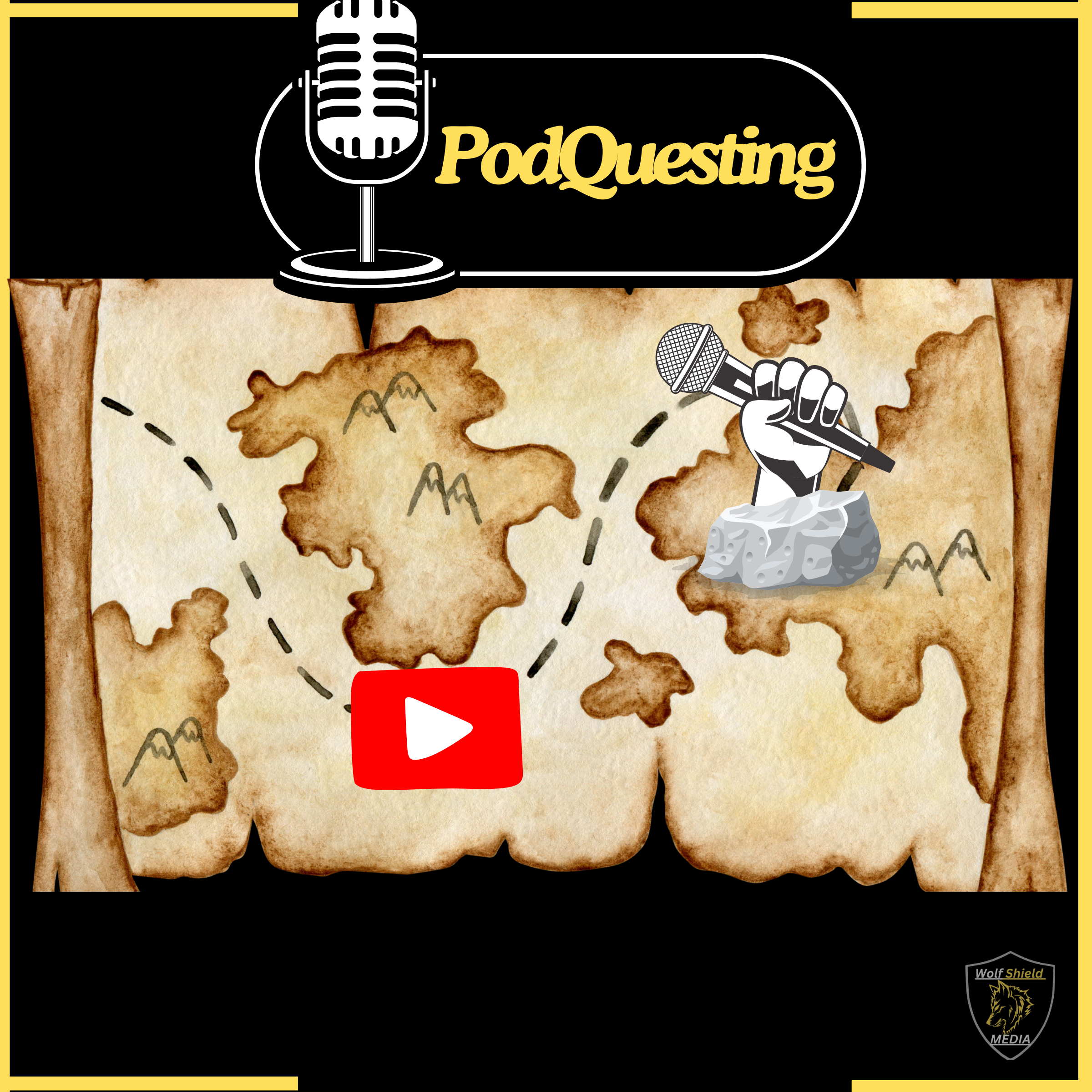Could YouTube be the best directory for your podcast?
Today, we’re diving into YouTube as a potential home for your podcast. Could YouTube be the best directory for your podcast? Video podcasting has been on the rise, gaining a significant boost from shows like The Joe Rogan Experience. Rogan’s massive following on YouTube caught Spotify’s eye, leading them to make him an irresistible offer. This move highlighted the power of video in podcasting, prompting Spotify to add a video option to their platform.
At first, it might seem odd that a video-centric platform like YouTube would be ideal for podcasting. However, recent research suggests that YouTube’s popularity among podcast listeners could make it a valuable addition to your show. According to Edison Research, 31% of weekly podcast listeners ages 13 and up choose YouTube as their primary platform for podcasts. That’s a bigger share than Spotify at 27% and Apple Podcasts at 15%.
So, should we all just start putting our podcasts on YouTube? And if so, what’s the best approach: a simple static image with audio or a fully produced video experience? In my experience, static videos don’t perform as well on YouTube. They might get views, but to fully leverage YouTube, incorporating video is key. Many hosting platforms allow you to upload automatically with a static image, but this doesn’t provide the engagement that a full-fledged video does.
For someone like me, who has traditionally focused on audio-only podcasts, this shift can be challenging. A video version means more effort: setting up a studio, considering background lighting, and, yes, even putting on pants! High-quality video equipment can also be expensive, and I’m currently in the market for a camera to upgrade my setup. My early attempts with a webcam are functional, but I’m aiming for higher quality.
While this initial expense might be a hurdle, the growing appeal of video podcasting is hard to ignore, especially when trying to build a diverse and engaged audience across multiple shows. Recently, I watched an interview with Tim Ferriss, a podcasting legend, who shared his hesitations about video podcasting. He enjoys the freedom of audio-only, where he doesn’t have to worry about his appearance and can record from anywhere. I get his perspective — there’s a simplicity and flexibility in audio that video doesn’t offer.
But what are the pros and cons of using YouTube as your main platform? The biggest pro is tapping into YouTube’s massive audience and the added immersion of video. You can enhance your podcast with visuals, props, and backgrounds. Video adds a layer of intimacy, helping viewers relate more to your content. YouTube’s features like polls, comments, and live streaming also allow you to build a community around your podcast. Live streaming, in particular, offers a way to engage directly with your audience and even monetize through super chats.
However, one major con is the additional editing required for video. It’s not just about editing the audio anymore — you have to edit the video too. If you use a good video editor with audio editing capabilities, you can export the audio file separately for your hosting service. Still, this extra editing is something to consider. Another con is that podcasting is traditionally an audio-first medium. If a radio show transitions to TV, does it become a TV show? This could be a significant drawback for traditional podcasters.
In the end, how can we use this data to guide us on our quest for podcasting success? I believe YouTube could be a massive source of listeners and viewers. One key advantage is its marketing potential. Shorts and shorter videos can serve as teasers for your podcast, driving traffic to your longer content. With platforms like Spotify now including video, the trend of video podcasts is likely to continue growing.
I’m looking to incorporate YouTube into my podcasting strategy, albeit reluctantly. I’m not entirely sure how I’ll go about it, but I’ll keep you updated on my journey into video podcasting. It’s going to be a hurdle, especially considering the costs, but the potential to reach a wider audience is worth exploring.
So, what do you think? Is YouTube the future of podcasting?









